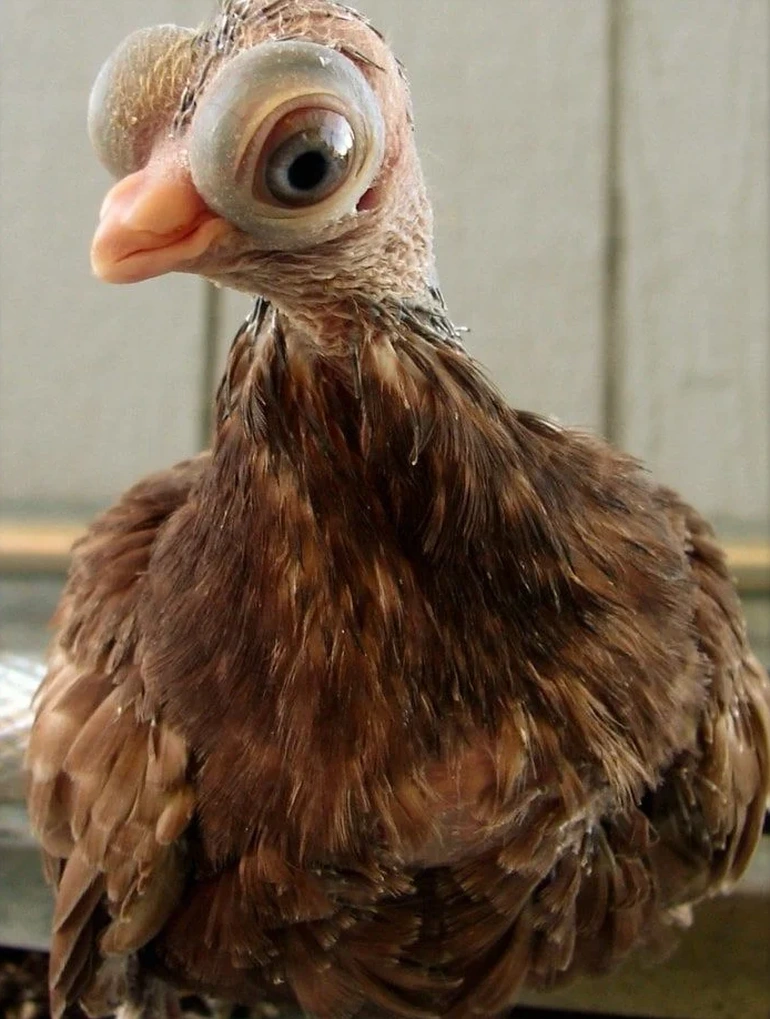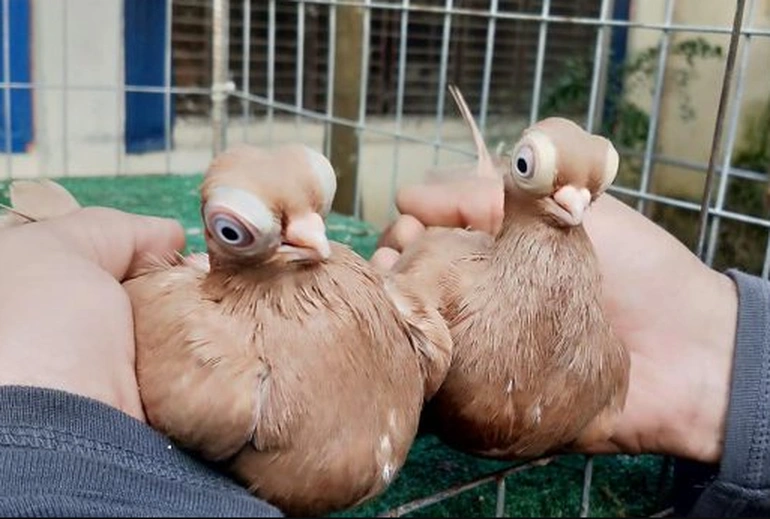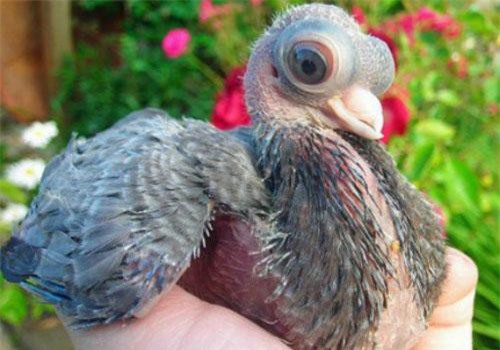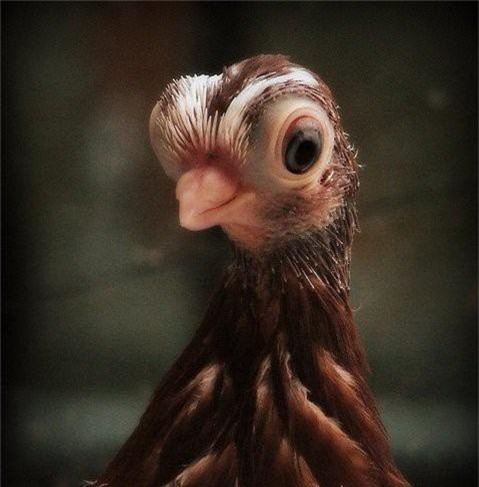A Species of Birds with Bizarre Appearance, as if Stepped Out of an Animated Film
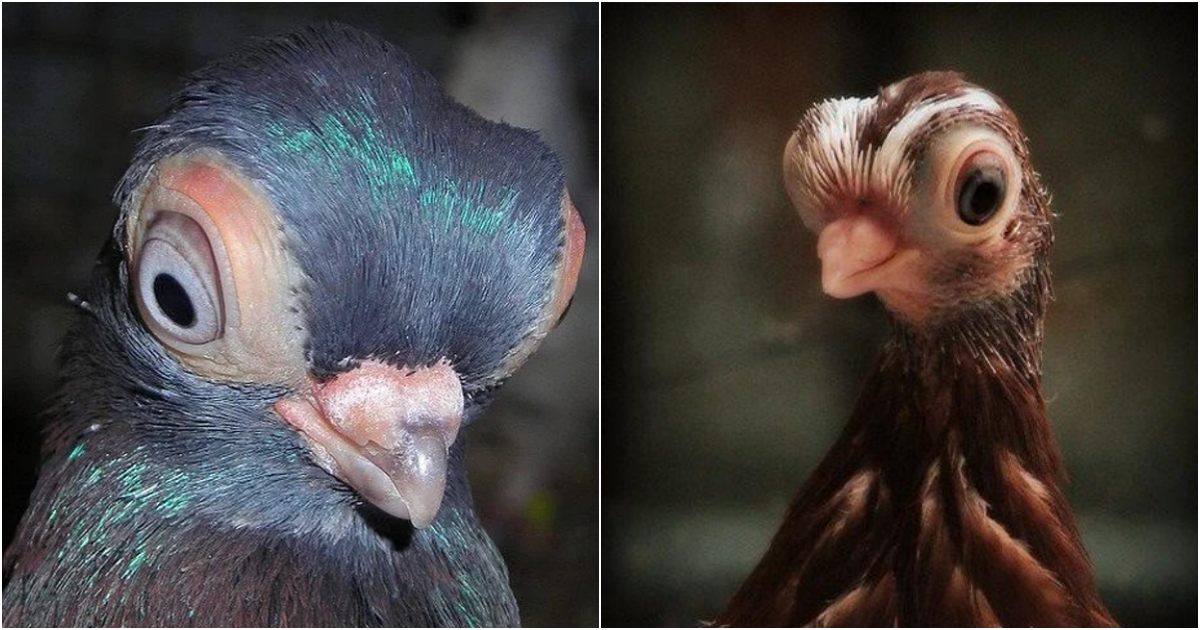
The rare and peculiar breed of pigeons is renowned for its unusual and otherworldly appearance, reminiscent of extraterrestrial beings with bulging eyes, extremely short beaks, and triangular-shaped heads. Nearly a century ago, the Poltl siblings, a family from Budapest, Hungary, driven by their passion for pigeons, embarked on a journey of breeding to create a new pigeon breed.

With their fondness for raising pigeons and participating in long-distance races, they succeeded in developing a new breed of pigeons with unmatched endurance and astonishing speed. Known as the Budapest Short-Faced Pigeon, these birds can fly for up to 5 hours without rest and endure distances of approximately 800 kilometers.
However, the aesthetics of this bird species did not achieve the same level of success as their endurance. In truth, merely judging by their external appearance, few would imagine their remarkable capabilities.
The facial features of the Budapest Short-Faced Pigeon, with its tiny beak contrasting the large bulging frog-like eyes, and the distorted head shape, evoke a mixture of curiosity and astonishment when beheld by onlookers.
Presently, ornithologists remain uncertain as to why the Poltl siblings employed physical traits resembling caricatures in the creation of their beloved pigeon breed. Some speculate that the extremely short beak and small face contribute to their lighter weight, while the large eyes genuinely assist in achieving greater flight heights.
Nevertheless, possessing these extraordinary characteristics is partly why this pigeon breed is highly sought after and esteemed, even among experienced pigeon enthusiasts.
The mortality rate among these birds is notably high, with poor health conditions and susceptibility to illness in their early stages. Additionally, the hatchlings often face considerable difficulty breaking free from their eggs due to their small beaks and large eyes, inadvertently impeding their efforts to crack the eggshells and emerge into the world.
To mitigate this, pigeon breeders often intervene by carefully extracting the chicks from the eggs when they reach a suitable size, preventing exhaustion and potential fatalities.
However, accurately determining the ideal time for chick extraction requires meticulous documentation throughout the incubation process. Even when the pigeon chicks safely hatch, feeding the young ones poses significant challenges due to the small beak structure of both the parent birds, sometimes necessitating human intervention.
